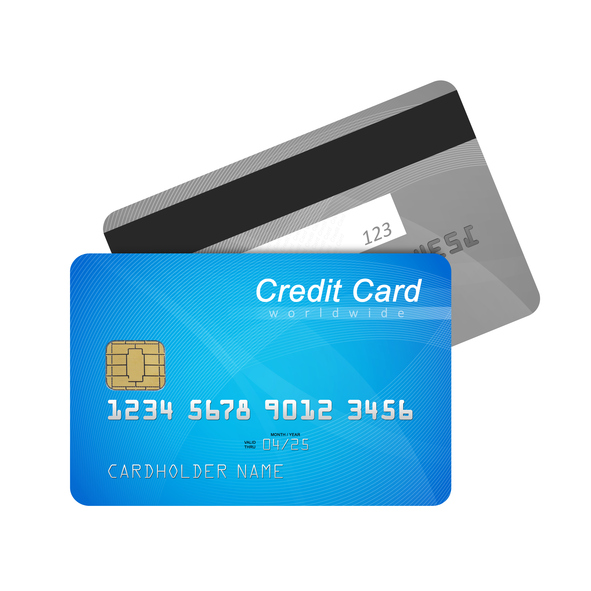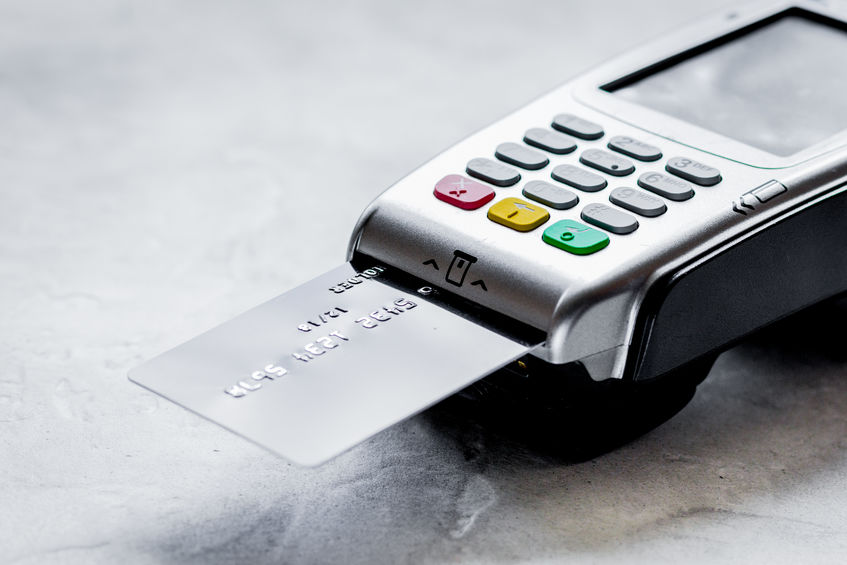EMV vs Magnetic Stripe Systems
We all know that the chip, or EMV, POS is becoming the new standard for card-reading technology. But what is the difference between the original magnetic stripe and the new EMV? And which one is better?
Magnetic Stripe
What is a magnetic stripe card and what does it do? Well, your credit card is a storage device. It has all your important information, like your account number, your full name, the expiration and security codes to your card, even your Pin. This data, when stored on a magnetic stripe, is not protected at all.
These magnetic stripe cards base their system on trust. The merchant trusts that your card is valid and that you will make payments on that card, while you trust that the merchant won’t steal your information and use the card themselves.
But over the years, this trust wore down because security methods that supposedly protect your data have not kept up with the changes in technology. That makes them vulnerable to hackers. And because so many people have had credit card theft, it increases the risk for more fraud in the future.
The main source of this problem is inadequate credit card security. In 2012, the USA lost $5.3 billion in fraud compared to $6 billion for the rest of the world combined. It is the only country that has consistent fraud growth every single year.
To prevent more fraud and to rebuild your trust in the credit card companies, the EMV card was made and is being implemented all over the world.
EMV
EMV stands for Europay, Mastercard, and Visa. Unlike the magnetic stripe, it has a computer chip which is much like an application to store your data. That computer chip is encrypted and it forces the systems it communicates with to follow specific instructions set up by your bank or credit card provider that check for your identity.
Because the EMV has to follow that list of instructions, your card and the terminal it is inserted into having to “talk” to one another and agree on which application should be run. Your information is encrypted by cryptographic keys and has a unique dynamic data authentication key, like a fingerprint. That is why it is so hard to duplicate a card with EMV technology.
Since the instituting of EMV cards, fraud has been reduced in all areas of every credit card used in the 28 countries which are part of the European Union. But fraud still continued to grow in the US, mostly because a majority of merchants won’t switch to the EMV cards.
Conclusion
If merchants were to switch to the EMV cards all across the US, credit card fraud would begin to go down. Identities would be protected, money saved and trust rebuilt. While EMV cards can’t prevent fraud 100 percent, it is far greater than anything the magnetic stripe cards can do. If you want to keep your customers safe and save your company time and money, contact us today and we can get you started!




